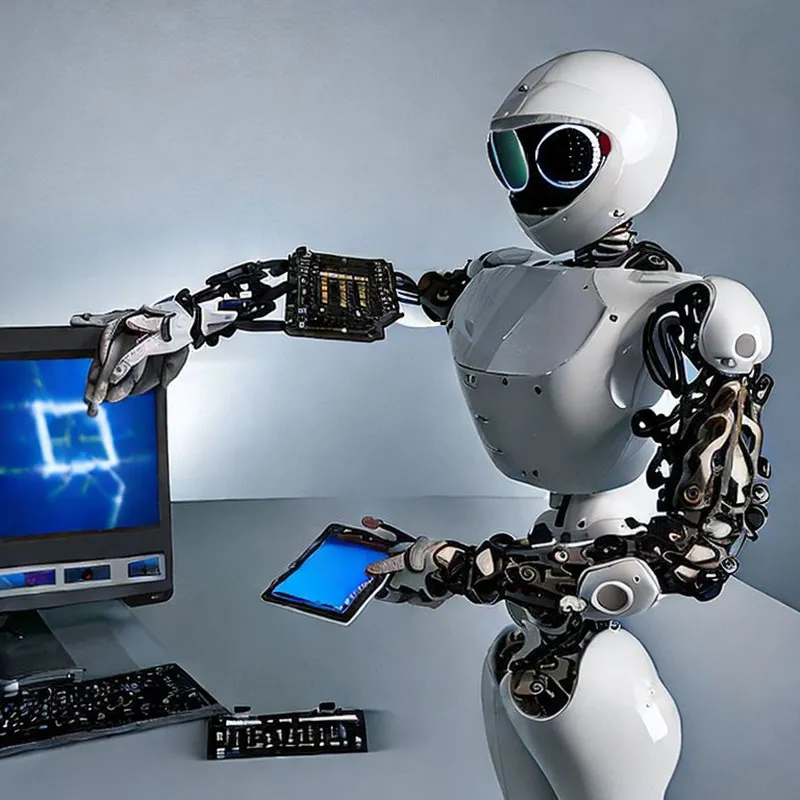We have seen it in popular sci-fi books and movies, where computers and machines gain sentience and develop emotions and thoughts that wipe out humanity as we know it. Surprisingly, AI, artificial intelligence, dates back further than one would think. Scientists theorized possibilities of machine learning technology in the early 1900s, but the lack of technological innovations left these ideas only theories.
Alan Turing was one of the founding fathers of AI and machine learning. He published a paper in 1950 called “Computing Machinery and Intelligence,” where he discussed the possibilities of how to build intelligent machines to test their capacity to make decisions. Unfortunately, he was unable to prove anything as computers lacked the advancements we have today to develop such a theory or coding process. Only prestigious universities and large companies could afford computing and coding, but they were not interested in questionable hypotheses.
AI began to rapidly flourish with the improvements of computers as information processing became more accessible to the public. Machine learning algorithms also widely improved as people got better at developing and applying code to gain the results they wanted.
There were a lot of obstacles with developing AI in the 1900s, as computers lacked storing capacities for information and coding processes, as well as the slow retrieval of such information. In the 1980s, AI received a major improvement through the expansion of an algorithmic toolkit and adequate funds. John Hopfield and David Rumelhart shared the same interest in deep learning techniques that allowed computers to learn using previous experiences.
An expert system was created to mimic decision making processes of a human, and the program would eventually gather enough data to properly respond in given situations and predict the most suitable outcome.
The late 1990s and early 2000s became proof that AI could become reality. AI was implemented with programs we use everyday such as Grammarly, navigation apps, and chatbots. These were widely popular in assisting in smaller situations, while also being able to accurately predict outcomes and solutions that would make sense in context. AI is everywhere now., Wwe use it in our smartphones and apps and online websites collect data for further usage. AI is also used in banking, marketing, and entertainment.
We now have readily available AI chat like ChatGPT, OpenAI, and other similar programs that are accessible to the public. They can give you answers to questions, write essays in seconds, and solve problems quickly and efficiently.
Some people think that AI could replace humans in the future, but the actual process of creating robots with fine motor skills we possess would require a lot of innovation and funding. AI may be rapidly improving, but it has its limitations too.
AI will continue to make mistakes according to the limitations of the algorithm, and will only make a change through forcibly cutting through the code, thus it cannot adapt and make new solutions as humans can. It is emotionless, and cannot create something from nothing. All the AI art being produced on the internet was curated by inputting other artworks. AI cannot create original images without taking from its large database of pictures and information. It also lacks consciousness and emotion, and cannot understand complex human experiences and feelings.
While AI may be rapidly improving, it may not be the solution to everything. It is convenient to use it, but it may not go further into developing the sentient creatures we see in the media today.
For more information, please visit
https://sitn.hms.harvard.edu/flash/2017/history-artificial-intelligence/.





